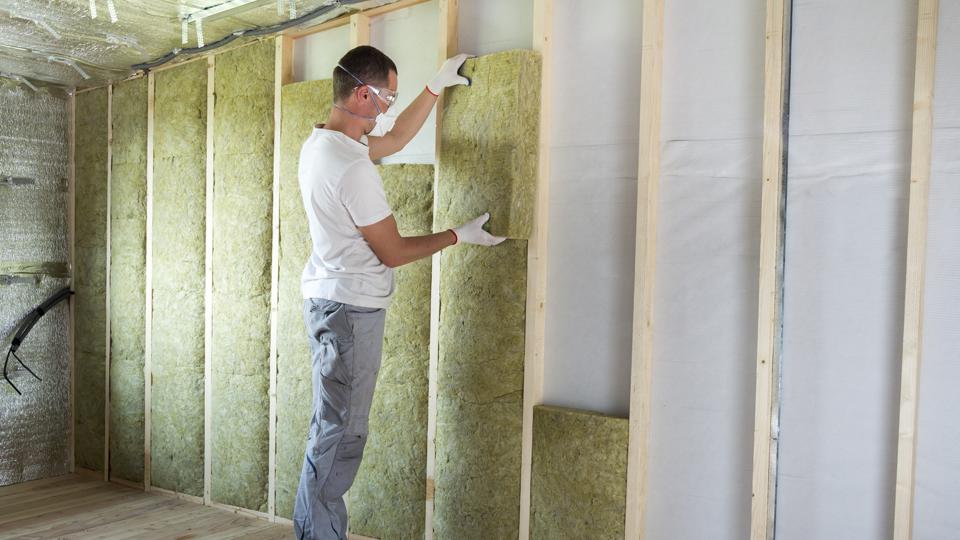External Wall Insulation (A Complete Guide of 2022)
Insulation placed on an existing exterior wall is typically called external wall insulation. In order to protect it from the elements, this layer will either be covered in render or clad with an alternative material External Insulation The method is often used to insulate solid wall properties where cavity wall insulation isn’t an option; however, it is also appropriate in other situations.
No matter how much insulation you add to your home, external wall insulation included, there will always be some challenges – usually focused on how your home deals with moisture.The expert Tim Pullen discusses the key factors to consider before installing home insulation on the exterior of walls.
What Are the Benefits of External Wall Insulation?
- Heat loss is reduced, and energy bills are reduced.
- There are fewer drafts, and you feel more comfortable.
- There is no disruption of your home during installation.
- This type of insulation does not reduce the floor space inside your home.
- A wall can contribute to thermal mass (the ‘tea cosy’ effect).
- This helps improve weatherproofing as well as sound insulation.
- A well-insulated wall is more durable and lasts longer.
- There is less condensation on the internal surfaces.
What Is the Price of External Wall Insulation?
It will be more expensive than internal wall insulation. Generally, a three-bedroom semi will cost between £5,000 and £9,000, while a larger detached residence will cost between £8,000 and £15,000. There are proprietary systems that require a specialist to install them, but you can also get very affordable materials from builders’ merchants.
Whatever method is employed, there will be costs associated with erecting scaffolding and removing or replacing the pipes and cables that are attached to the wall.
Does External Wall Insulation Need Planning Permission?
The external appearance of a house will be changed by external wall insulation. It is almost always necessary to obtain planning permission before beginning the work, so check with your local authority from the start. If the home is located in a Conservation Area or a listed building, consent may not be forthcoming.
Wall Insulation and Thermal Efficiency A wall insulation system effectively reduces heat loss from the building envelope. The benefits are well documented. Thermal efficiency between R-values 2.5 and 3.5 is typical. The amount of insulation required will depend on several factors. The insulation must be well attached to the wall frame, as any gaps will allow air to move through the wall. If there is a cavity behind the insulation, then it is possible to use double-glazed windows. This will give a high R-value, but it cannot be quiet, so the decision must be taken whether it is worth the extra cost. In the UK, R-values of 8 and up are generally recommended.
External Wall Insulation and Building Regulations
Building Regulations typically require that if 25 percent or more of a wall is to be insulated externally, the entire wall must be brought up to current standards – which makes sense because if you are going to go through the effort of insulating externally, then you may as well do it well. An insulated wall must have a U value no greater than 0.30 for good thermal performance.
When Building a House with Cavity Walls, Is External Wall Insulation Worth It?
During cavity wall construction, the cavity will (almost certainly) be ventilated – that is how it works as a cavity. However, that means that the heat from the house that has penetrated the cavity inside will be exhausted into the atmosphere. The result is that any external insulation becomes practically useless since the majority of the heat has already been lost.
It is because the insulation permits rainwater to penetrate through the cavity that cavity-fill insulation fails (and there are many stories of it failing). A weatherproof render, coupled with external insulation, prevents rainwater from entering the wall, making cavity-fill insulation an effective thermal barrier.
I think it makes sense to divide insulation thickness between cavity-fill and external. In this case, the cavity will typically be 50mm wide; external insulation of 20mm will also help make the wall as energy-efficient as possible.

